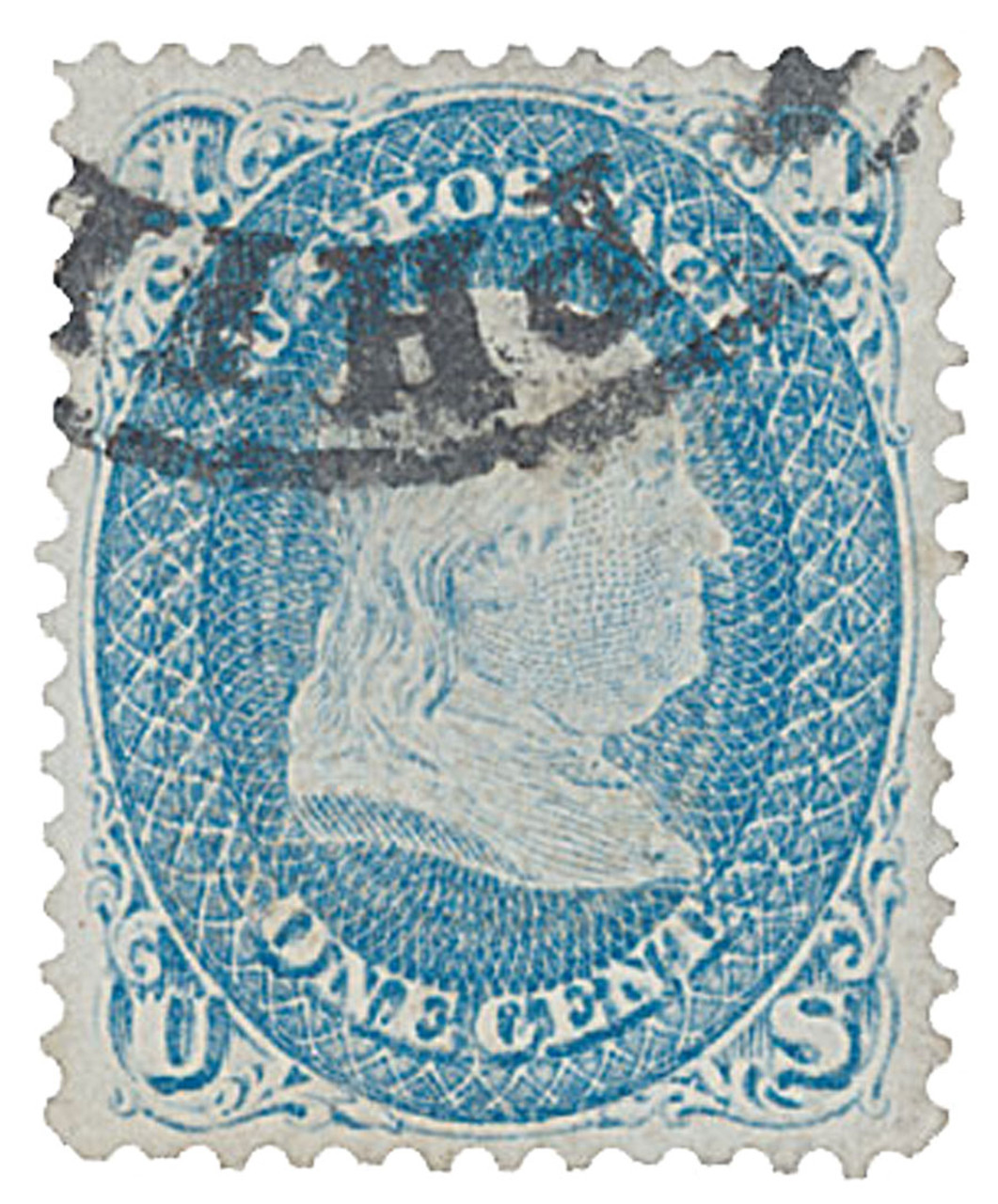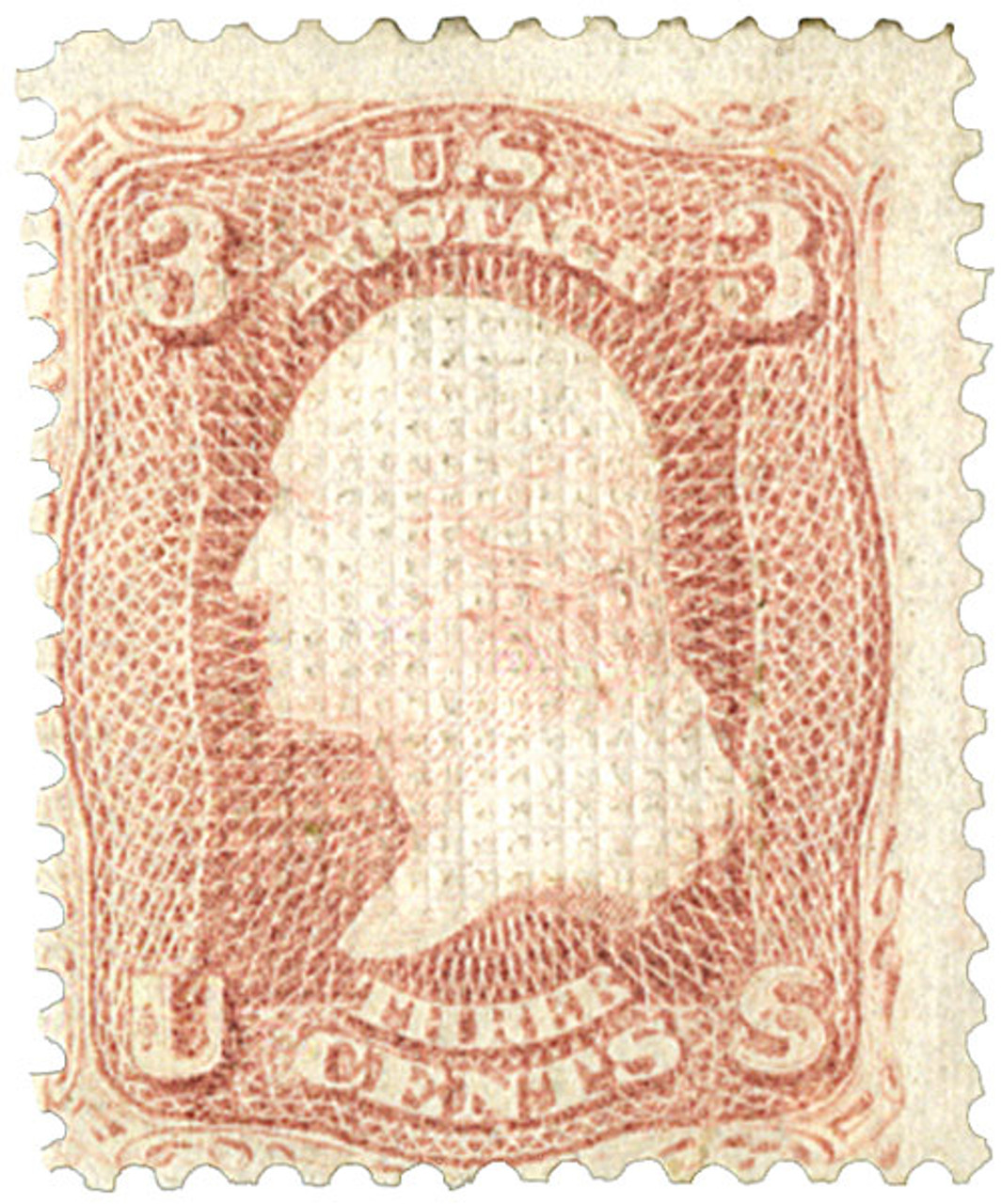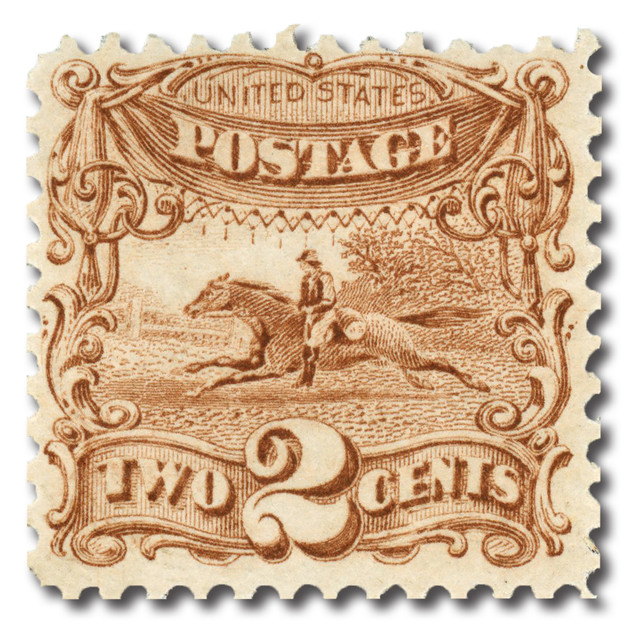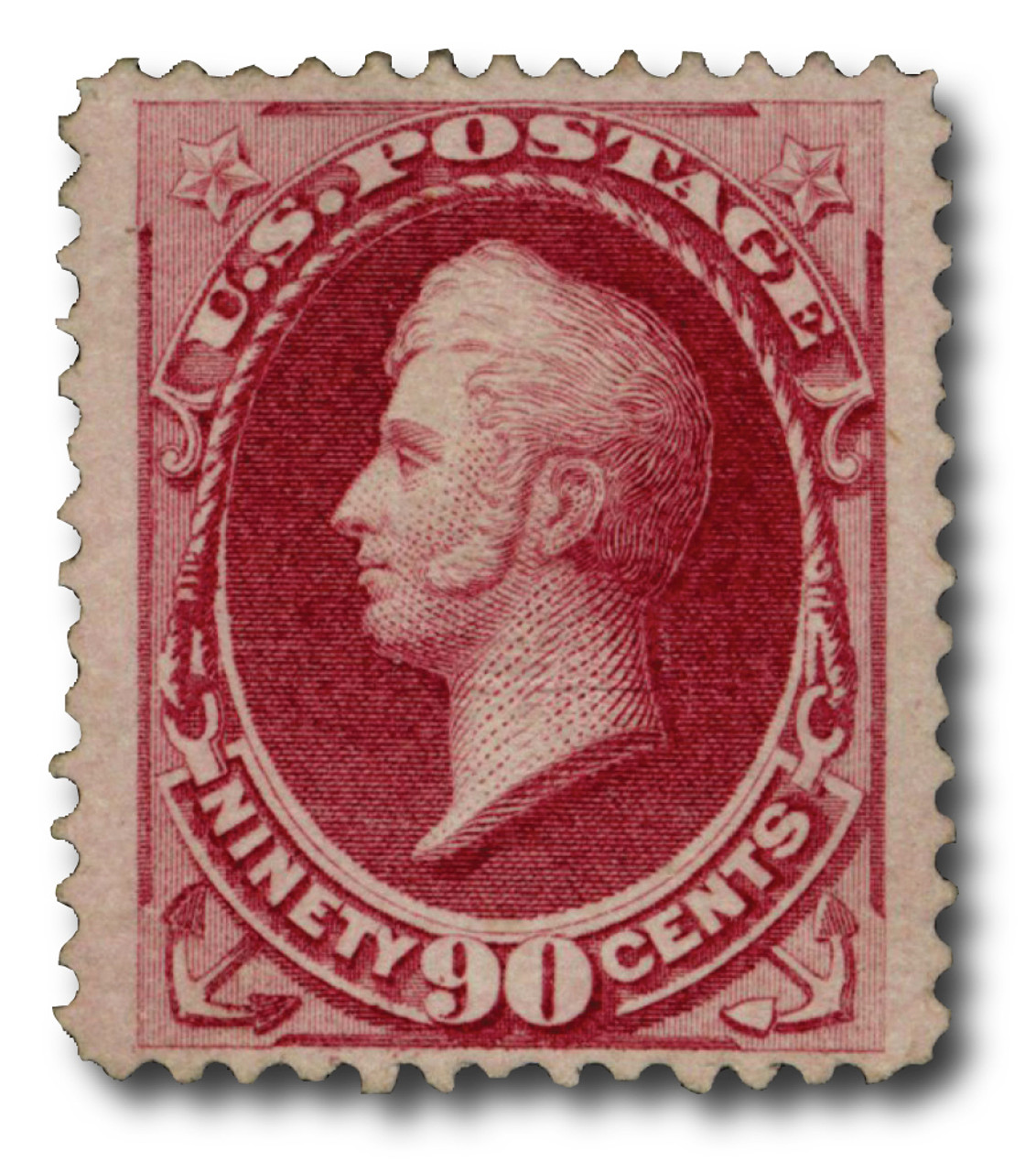The Fascinating World of Grills on U.S. Postage Stamps
Posted by Mystic Stamp Co. on 10th Jul 2024
Postage stamps, those small yet mighty pieces of paper, hold a significant place in history. Among their many facets, the introduction of grills is a fascinating chapter that speaks to the ingenuity of the past. Grills on US postage stamps were a practical solution to a widespread problem in the mid-19th century: the reuse of stamps. By adding grills, the United States Post Office Department ensured stamps were canceled effectively, rendering them unusable for a second mailing.

What is a Grill?
A grill is a pattern of tiny indentations or embossing on the surface of a postage stamp. These indentations break the fibers of the paper, allowing ink from a cancellation mark to penetrate more deeply. This made it much harder to wash off the cancellation and reuse the stamp. The idea was to deter postal fraud and revenue loss.
The Origins of Grills
The introduction of grills can be credited to Charles F. Steel, a postal employee who patented the grill process in 1867. The US Post Office Department adopted his invention as a means to prevent the illegal reuse of stamps, which had become a significant issue.

Types of Grills
Grills come in several types, classified by philatelists based on their size and pattern. The most common types include:
- Z Grill: Perhaps the most famous, the Z Grill is known for its horizontal ridges. It was used briefly in 1867-1868. The 1-cent Z Grill is one of the rarest and most valuable US stamps, with only two known examples.
- A, B, C, and D Grills: These were early experimental grills with larger and coarser patterns, used on a variety of stamps.
- E, F, and G Grills: These later grills featured finer patterns and were used from 1868-1870. The E Grill, for example, was used on the 1869 Pictorial Issue.
- H and I Grills: Smaller and less pronounced than earlier grills, these were the last to be used before the practice was discontinued.

How Grills Were Made
Grills were created using a special embossing device that pressed the pattern into the stamp's paper. This process occurred after the stamps were printed but before they were perforated. The embossing varied in depth and prominence, resulting in different types of grills.
The Legacy of Grills
Grilled stamps are a unique and intriguing part of philatelic history. They represent a period of innovation and adaptation in response to a practical problem. Today, these stamps are highly sought after by collectors due to their historical significance and rarity.

Collecting Grilled Stamps
For stamp collectors, grilled stamps offer a challenging and rewarding pursuit. Identifying the type of grill requires careful examination, often with a magnifying glass. The rarity and historical context of these stamps add to their allure. Among the most coveted are the Z Grill stamps, particularly the 1-cent and 15-cent issues.
Conclusion
Grills on US postage stamps are a testament to the constant evolution of postal security measures. They provide a window into the past, showcasing the creativity and resourcefulness of postal authorities. For collectors and history enthusiasts alike, grilled stamps offer a captivating glimpse into a unique aspect of philatelic history.
So, next time you come across a grilled stamp, take a moment to appreciate the ingenuity behind those tiny indentations and the rich history they represent.

